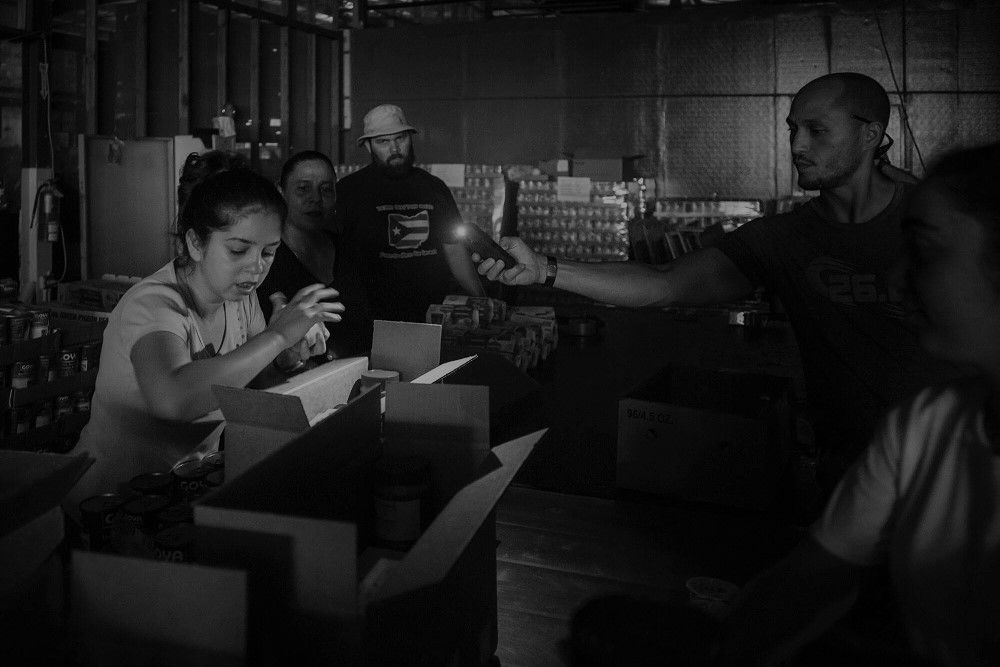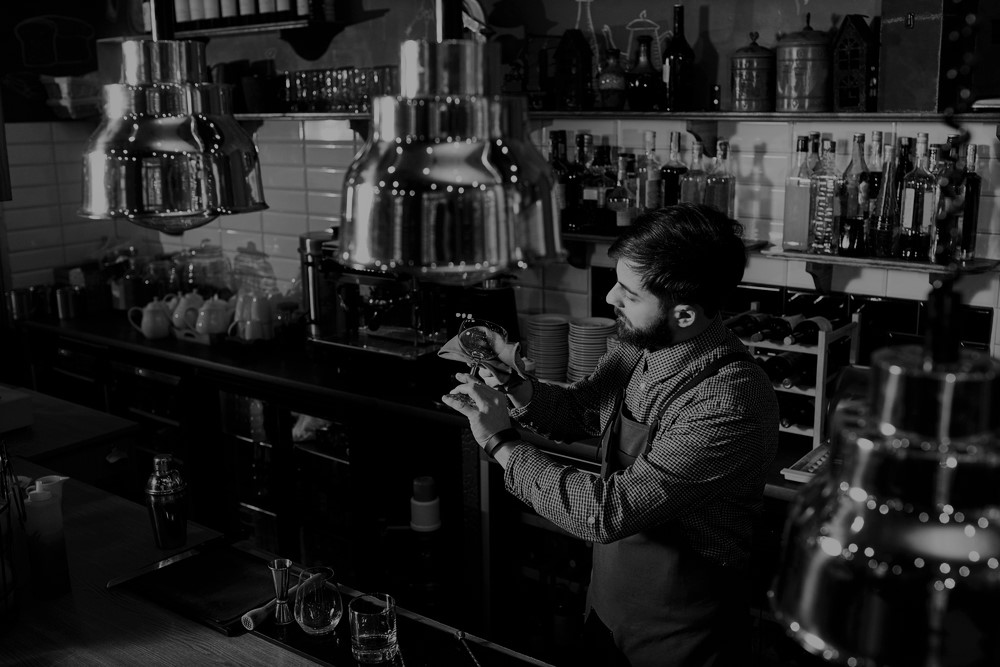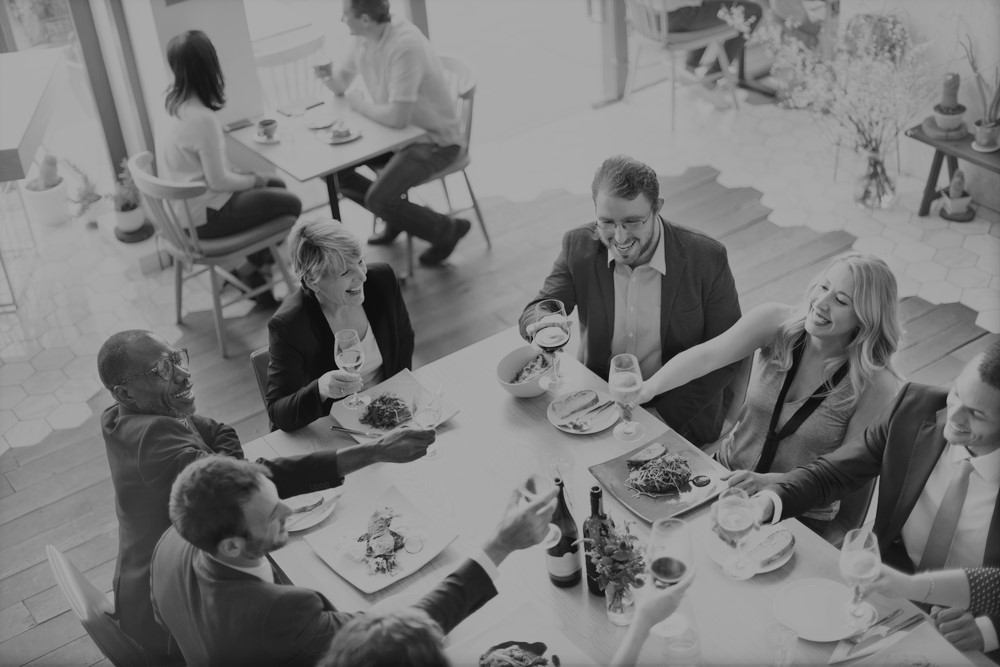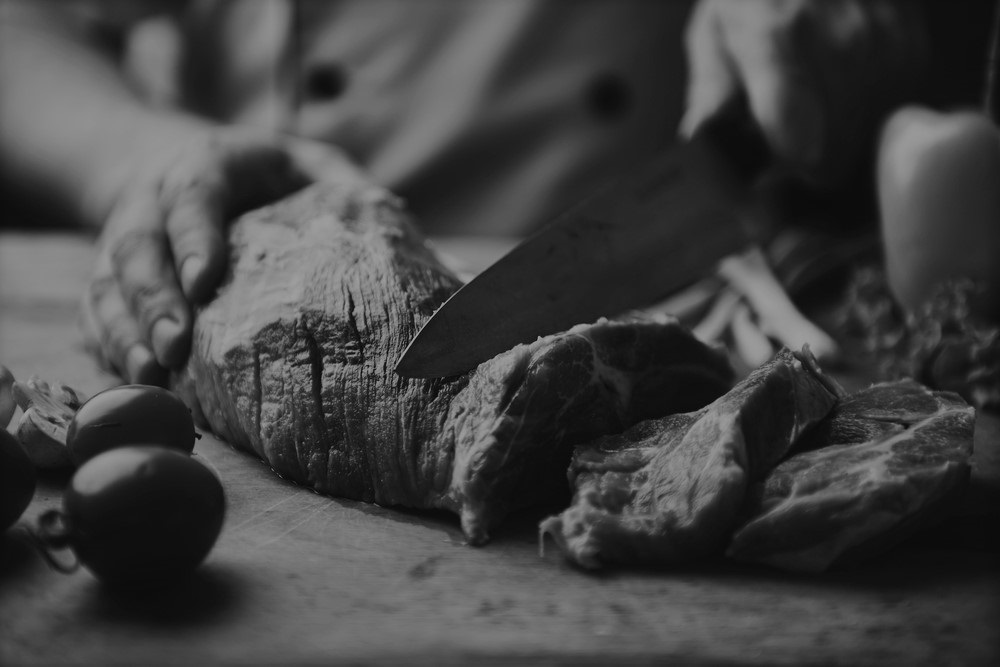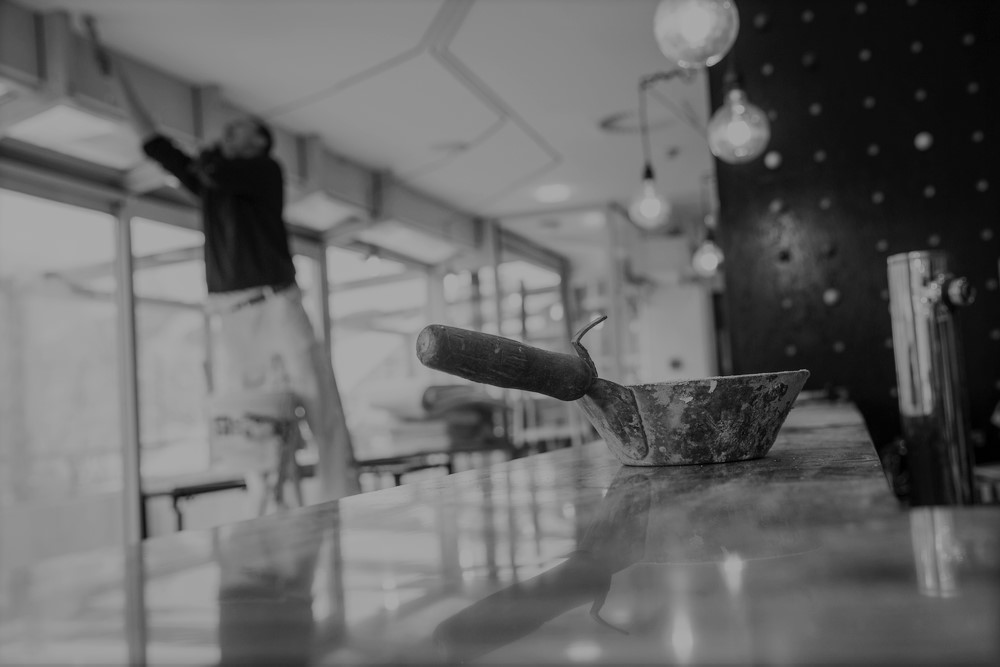Is Your Restaurant Ready for Digital Ordering
Originally Posted on FoodableTV by Doug Radkey – 09/15/2017
Nearly every household orders food to-go from a local restaurant at least once or twice per month (some per week) and the days of traditional ‘phone orders’ or simply waiting in line, are clearly coming to an end thanks to new and continuously improving technology.
Many independent restaurants have been sitting back, watching the development of online/mobile ordering, also known as digital ordering, wondering if they need to get into this space and/or how to even get started.
The question shouldn’t be ‘should we introduce digital ordering?’— the question should be ‘when will we introduce digital ordering?’
The answer to that question should be: As soon as possible, BUT only when your operations are ready for it and you won’t be undermining any restaurant fundamentals throughout the process.
If you haven’t implemented digital ordering yet, don’t freak out!
It’s obvious you didn’t open a restaurant because you love technology. You opened one because you love food, drink, and serving a community through the development of customer experiences.
There are numerous benefits, however, to offering digital ordering methods to your guests. The good thing is that technology (or apps) currently on the market (for example, Gloria Foods) have made it extremely simple and cost effective to introduce this new feature while improving on customer experiences.
To sum it up, independent restaurateurs no longer need an IT department or professional to get started— the hard work is already done for you!
If you’re on the fence about the how, why, and when of digital ordering for your establishment, consider the following tips to see if it’s the right fit for you.

Improves Efficiencies – Digital ordering will not tie-up phone lines or require staff to stand around taking manual orders. This will allow staff to be more productive in terms of food preparation and other customer service requirements, especially if the ordering method is tied right into the point-of-sale system. This will undoubtedly and effectively control labour costs while improving communication amongst your team and your customers. Speaking of preparation, digital ordering methods often allow customers to ‘pre-order’ hours ahead of time, allowing the kitchen more time to prep, just like traditional table reservations would for a full-service restaurant.
Improves Quality Control – Digital ordering will also reduce human error often associated with phone or counter orders (due to background noise, customer accents, or simple misunderstanding), resulting in higher customer satisfaction rates and often quicker customer return rates.
Improves Mobile Presence – With digital ordering, you instantly have a mobile app while improving your mobile and online presence, which then improves your SEO, marketing, and overall customer satisfaction. Use this updated technology to ensure your website, social media, and online efforts work FOR you, not against you.
Improves Competitive Advantage – You’re not alone when it comes to not having online ordering methods implemented. It is likely true, many of your hyper-local competitors are ‘behind,’ as well. This means that introducing this technology will give you an immediate advantage while also positioning you to compete at a higher level with the larger mainstream brands in your area.
Improves Overall Revenue – When customers are given more time to order and can view all of the different menu options available to them, they tend to spend more money. Digital ordering increases impulse purchases through effective up-selling. Imagine what adding even just $2-$4 could mean to your bottom line!
Improves Marketing Efforts – Lastly, digital ordering collects data that is highly beneficial. Many of the applications offer ways to track previous orders, create customized profiles to predict sales, and understand which neighbourhoods are buying and which ones are not. It also provides an avenue to improve social media efforts by driving sales directly through these platforms.
Introducing digital ordering methods can, however, come with their challenges for operators and these challenges are not necessarily technology driven. Here are some to consider.
Menu Setup – It must be easy for customers to navigate your menu. If there are customizable dishes (for example, a hamburger), it must be very easy for customers to decide which toppings they want and don’t want. In addition, typical food sensitivities or allergy alerts need to be clearly visible to the customer on your digital application. The solution is to keep your menu simple.
Delivery Options – With digital ordering as an option, the expectation of delivery often presents itself to your customer. It’s not mandatory, but something to consider as an operator. Delivery can create more immediate questions than answers, though, as one needs to decide on using either a delivery app company or hiring their own set of drivers. This, then, poses insurance questions and another potential increase in costs. Delivery can be expensive and difficult to ensure food is delivered as advertised— meaning your style of to-go packaging will need to also be reviewed for quality assurance.
Venue Layouts – With an increase in digital orders or to-go orders, in general, a restaurant’s layout may need to be adjusted. This could mean less tables and larger pick-up areas. It could also mean aligning kitchen equipment differently and even creating specified digital ordering pickup parking spaces to ensure these customers are in and out, as quickly as possible.
The entire premise of digital ordering is to simplify the ordering sequence, for both the restaurant and the customer. If you cannot promise a high level of customer satisfaction, then you’re not ready.
Don’t start to offer digital ordering just because others are offering it.
It needs to be thought through and planned for long before it’s launched. In summary, customers must enjoy the digital ordering experience just as much as the food they’re ordering.

